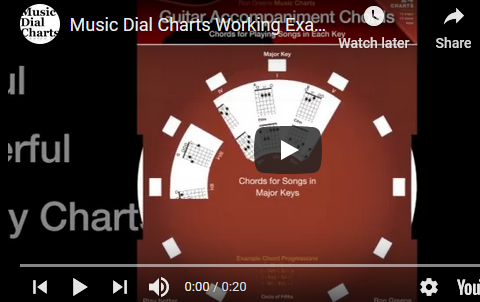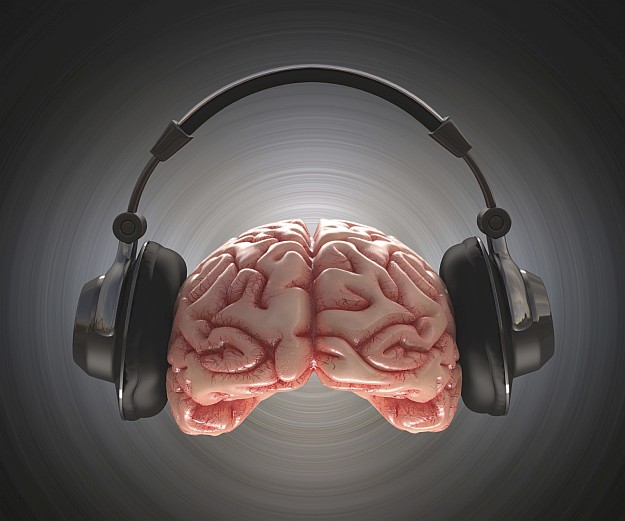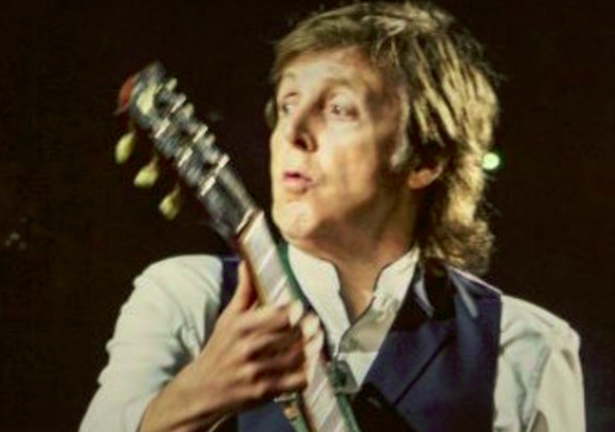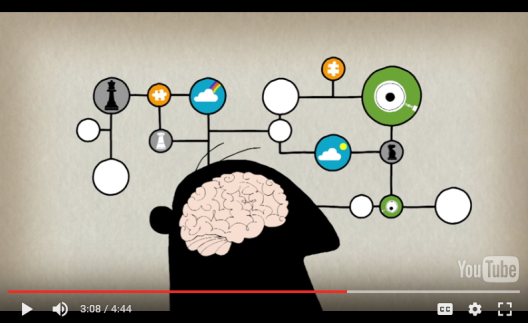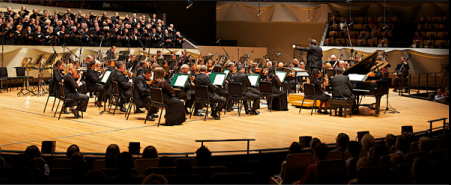Using the Music Dial Chart Guitar Solo Scales Dial…
Good solo or lead playing is a form of personal expression. Feeling, tone, phrasing and technique are all used to create a personal style. The ultimate goal is to play solo melody or lead notes that sound great when played with the rhythm accompaniment chord progression and which enhance the overall feeling of the song.
Start your learning patterns with the 4 basic and popular scales, used to play lead guitar for all styles of music, including… rock, pop, country, blues, traditional, jazz etc.
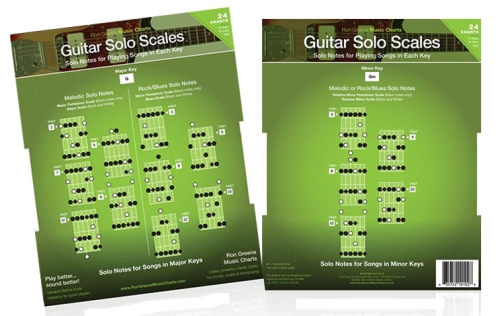
These scales include… Major scale, Major Pentatonic scale, Relative Minor scale and, Relative Minor Pentatonic scale.
On the Guitar Solo Scales Dial, select one of the 4 scales, depending one the key and style of music you’re playing.
When using these patterns for Major or Major Pentatonic Key, emphasize the black notes on the Dial, which is the keynote or ‘tonic’ of the Major Scale.
For example, when playing songs in the Major Key of C, emphasize the black note, which is a ‘C’ note. When playing songs in the Relative Minor Key of Am, emphasize the black note, which is an ‘A’ note.
For ease of playing, first learn the pentatonic scale note patterns (black notes only on the Guitar Solo Music Dial). Then learn the major scales and relative minor scale note patterns (black & white notes).
With a little practice and experimentation, you’ll be able to hear and feel the different emphasis and sound when playing with the 4 different scale note patterns.
Playing Scales…
The first and last note of each scale is called the root note. The root note for major key scales is the black note on the Music Dial. The root note for minor key scales is also the black note.
To play each scale, locate the lowest root note on the lowest string. Play each scale note from the lowest to highest, ending with the octave higher root note.
Other Guitar Techniques…
Some of the techniques used in playing ‘hot’ solos include, string bending, hammering on, pulling off, sliding, vibrato, two hand tapping, harmonics, tone, distortion, sustain, etc.
Some of the approaches to improvising solos include, using scales notes to play the melody, using scales notes to play a solo different from the melody, using scales notes or chord notes to play repetitive riffs, using chord notes to play chord arpeggios for each chord in the chord progression… etc.
Enjoy exercising your individual artistic expression!
Jam On…
-Ron


